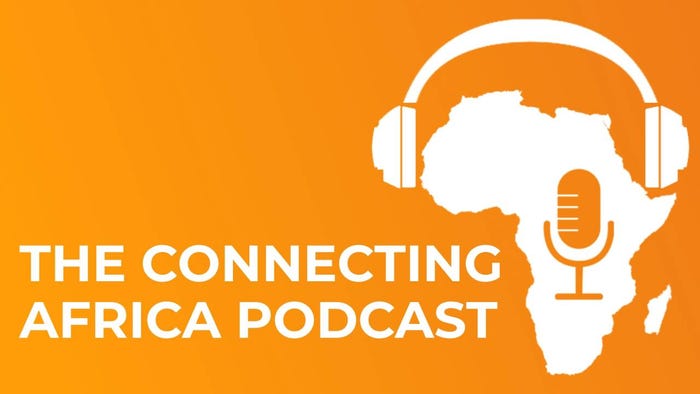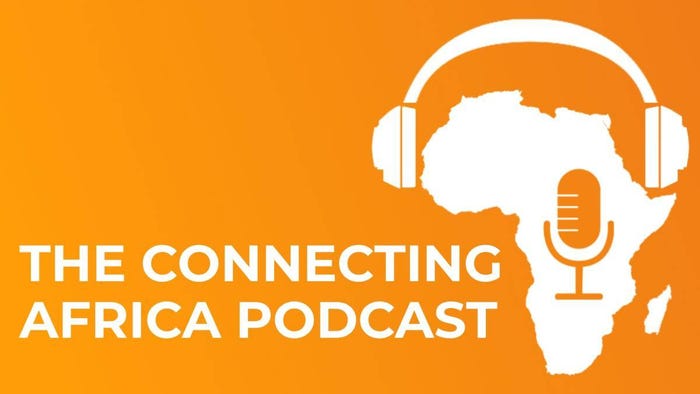Eskom's energy crisis, the best thing to happen to SA – Zubair Suliman

South Africa has been grappling with extensive power cuts which are part of deliberate "load shedding" by state-owned power utility Eskom.
Even though the ongoing power cuts are impacting the country's economy, some stakeholders believe that renewable energy can help alleviate the impact of the crisis.
"The best thing to have happened to South Africa was the crisis at Eskom. The crisis has catapulted the country towards renewable energy faster than it would have happened had there not been a crisis," said Zubair Suliman, Norsad Capital investment director and head of infrastructure.
Suliman shared these sentiments during a panel discussion at Chinese multinational Huawei's ICT Editor's Xchange in Johannesburg on Wednesday.
Bridgett Majola, CMS Law South Africa's head of project finance for energy and infrastructure, said even though renewable energy is the way to go, she questions whether it is affordable for regular South Africans.
"Whilst the solutions are there, there is also a question of cost to my mind, as a normal person in South Africa, can I afford renewable energy solutions for myself?" Majola asked.
"Secondly, we have seen many companies moving towards producing their own power and there is a lot of funding going into that, however, from a sustainability point of view, I don’t know how it will work without using other energy sources as well," she added.
So far in 2023, South Africans have had to endure 151 days of load shedding with stages reaching as high as Stage 6, the third highest.
How load shedding works is different suburbs across the country are turned off at different times – for two to four hours at a time – to try to manage the overall power supply in the country.
The higher the load shedding "stage," the greater the number of customers without electricity across the country and the more frequently your power will be switched off each day.
At each stage, South Africa is forced to save 1,000 megawatts of power, so at Stage 2 the grid "sheds" 2,000MW of power and Stage 6 pushes that up to 6,000MW. When the system reaches Stage 8 – the highest Eskom has planned for – all South Africans would only have power for 50% of the day.

Experts speak on a panel at Huawei's ICT Editor's Xchange in Johannesburg, South Africa, on June 7, 2023. (Source: Huawei)
Power solutions for low-income areas
Tshwane University's Head of the Technology Centre for Entrepreneurship, Dr. Patrick Ebewo, said power cuts are far more detrimental to entrepreneurs in low-income areas and townships than people realize.
"With the current solutions in the market right now, the question is how best can those solutions be made available to the township economy at affordable prices?" he asked.
To help assist in dealing with power cuts, the Huawei-hosted event also showcased some of the company's renewable energy products for residential, business and government use.
Huawei Power Business Unit Solar Channel Manager, Prinavan Naidoo, acknowledged that the majority of South Africans fall into middle-to-lower living standard measurements (LSMs), therefore, moving to renewable energy needs to be done one municipality at a time.
"Let us start with smaller municipalities where we can show them these solutions so that they empower themselves and take charge of their own energy network," he added.
Furthermore, Naidoo said that greater collaboration in the sector was the key to moving the country toward smart energy solutions.
Related posts:
*Top image from left: moderator Jimmy Moyaha and industry experts Zubair Suliman, Bridgett Majola, Dr. Patrick Ebewo and Prinaven Naidoo. (Source: Huawei)
— Matshepo Sehloho, Associate Editor, Connecting Africa
_(1).jpg?width=100&auto=webp&quality=80&disable=upscale)
_(1).jpg?width=400&auto=webp&quality=80&disable=upscale)
.jpg?width=700&auto=webp&quality=80&disable=upscale)

_(1).jpg?width=700&auto=webp&quality=80&disable=upscale)


.jpg?width=700&auto=webp&quality=80&disable=upscale)

